Exam room surface disinfection is critical for preventing the spread of infection and ensuring patient safety. Choosing the optimal disinfectant for your exam room surfaces can be a daunting task with various options available.
Trying to navigate the overwhelming number of disinfectants can be a nightmare, especially when it comes to finding one that is both effective and safe for your exam room surfaces. The wrong choice could compromise patient safety or damage your valuable equipment.
We have compiled this comprehensive guide to help you make an informed choice when selecting the best disinfectant for your exam room surfaces. We will explore the essential factors to consider, the types of disinfectants available, and the pros and cons of each to help you choose the optimal solution for your healthcare facility.
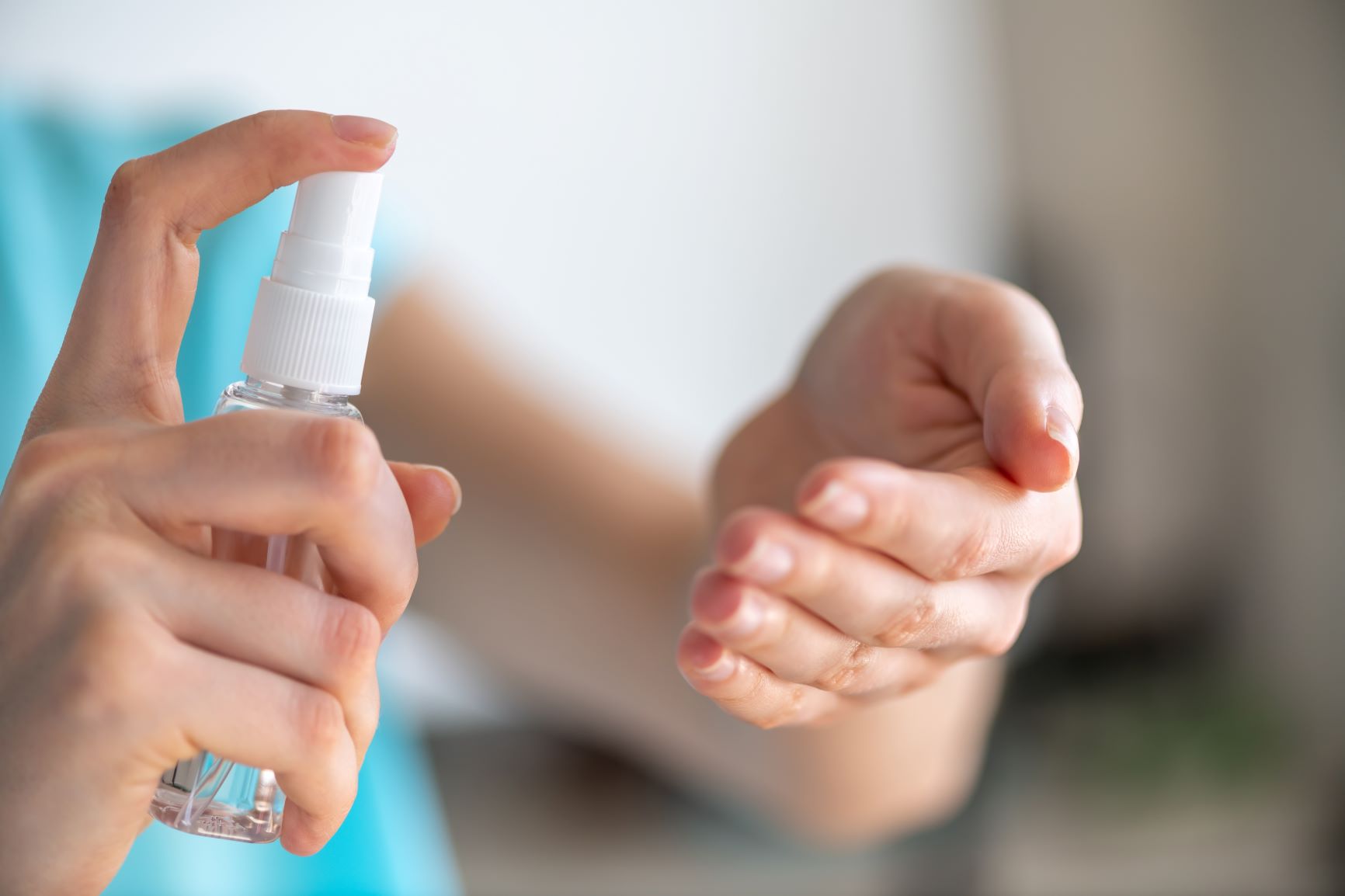
Sanitation Products : RelaDyne Hand Sanitizer & Hard Surface Disinfectant – Source reladyne.com
Essential Guide To Choosing The Optimal Disinfectant For Exam Room Surface Disinfection
Target Audience: Healthcare professionals, infection control specialists, and facility managers responsible for ensuring optimal exam room surface disinfection.
Goal: This guide will provide comprehensive knowledge and practical guidance for selecting the optimal disinfectant, ensuring effective infection control practices, and promoting patient safety in exam room environments.
Key Takeaway: By understanding the essential factors, types of disinfectants, and best practices, healthcare professionals can make informed decisions, select the most suitable disinfectant, and establish a robust surface disinfection protocol for their exam rooms.
.jpg?FvGSlo9uCpKyjY8_nDMJCcx3HHYotYir)
Quais são as implicações das variantes Sars-Cov-2 para a higiene das – Source diversey.com.pt
Types of Disinfectants and Their Properties
There are various types of disinfectants available, each with unique properties and mechanisms of action.
Alcohol-Based Disinfectants: These disinfectants contain alcohol as the primary active ingredient, typically isopropyl or ethyl alcohol. They are effective against a wide range of microorganisms but can be flammable and may cause skin irritation.
Chlorine-Based Disinfectants: These disinfectants contain chlorine as the active ingredient, such as sodium hypochlorite (bleach). They are broad-spectrum disinfectants but can be corrosive and irritating to the skin and respiratory system.

Buy DETTOL LIQUID DISINFECTANT FOR FLOOR CLEANER SURFACE DISINFECTION – Source pharmeasy.in
History and Evolution of Disinfectants
The history of disinfectants dates back to ancient times when various natural substances were used to prevent infection and preserve food.
Early Disinfectants: Vinegar, salt, and essential oils were used as early disinfectants. However, their efficacy was limited compared to modern disinfectants.
Modern Disinfectants: The development of synthetic chemicals in the 19th century led to the creation of more effective disinfectants, such as phenol (carbolic acid) and chlorine.
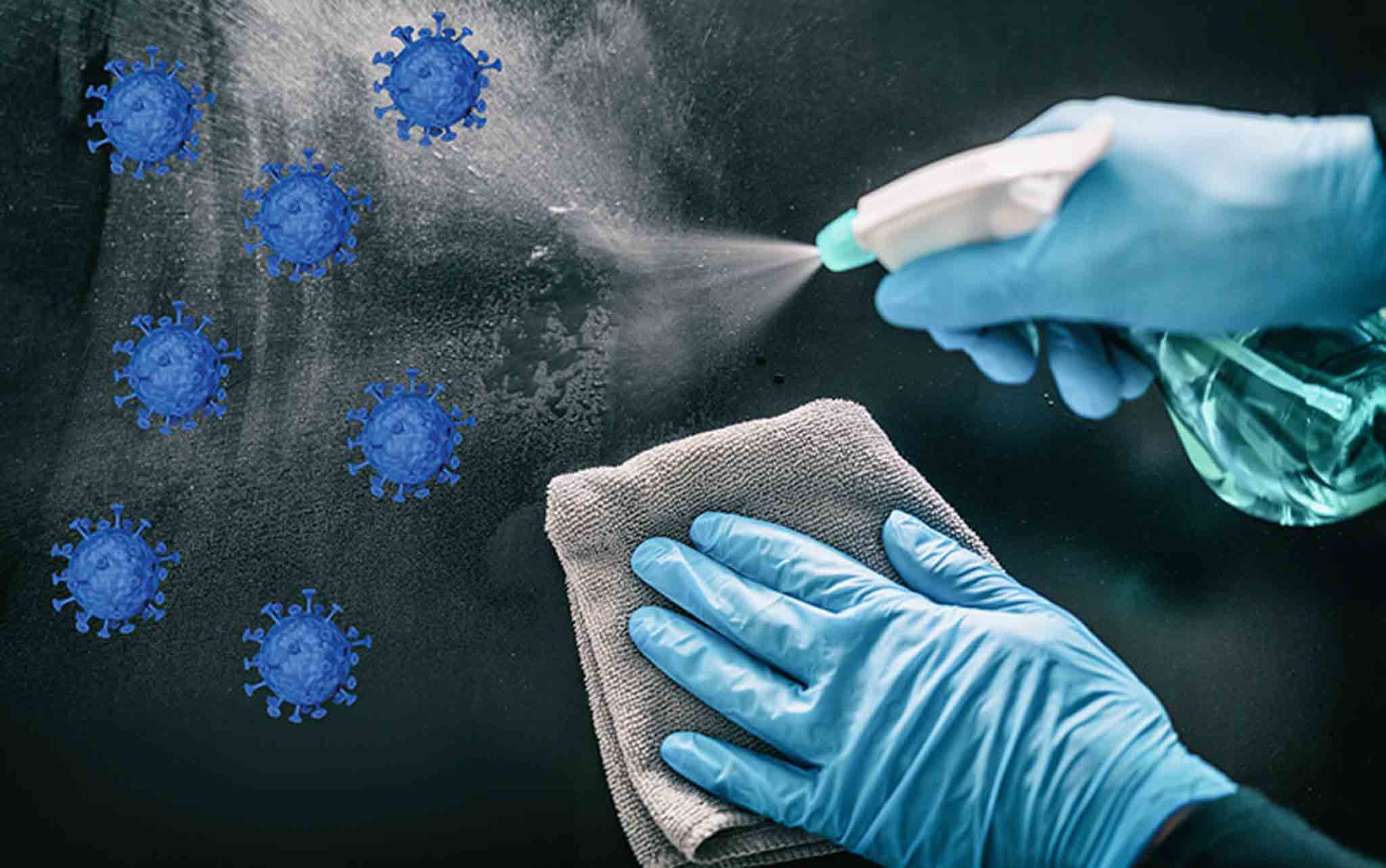
How to Clean and Sanitize Tables – Home Plus Cleaning – Source homepluscleaning.com
Hidden Secrets of Exam Room Surface Disinfection
Beyond the surface, there are hidden aspects of exam room surface disinfection that can impact its effectiveness.
Contact Time: Disinfectants require sufficient contact time with surfaces to kill microorganisms effectively. Leaving the disinfectant on the surface for the recommended time is crucial.
Surface Type: Different surfaces have varying porosity and may require specific disinfectants or application methods to ensure disinfection efficacy.

Aromatherapy Disinfectant Room Mist – Balance Spa – Source balancespaboca.com
Recommended Disinfectants for Exam Room Surfaces
Based on the factors discussed above, we recommend the following disinfectants for exam room surfaces:
Alcohol-Based Disinfectants (70% Isopropyl or Ethyl Alcohol): These disinfectants are effective against many microorganisms, have a short contact time, and are relatively safe for use on most surfaces.
Quaternary Ammonium Compounds (QACs): QACs are broad-spectrum disinfectants that are less corrosive than chlorine-based disinfectants and are safe for use on most surfaces.

UV LED Surface Disinfection for Manufacturing – Phoseon Technology – Source phoseon.com
Disinfection Frequency and Best Practices
Regular and thorough disinfection is essential for effective infection control in exam rooms.
Frequency: Disinfect exam room surfaces between each patient visit, especially high-touch surfaces such as doorknobs, countertops, and equipment.
Manual Disinfection: Use a clean microfiber cloth or disposable wipes saturated with the disinfectant solution and wipe down all surfaces.
Automated Disinfection: Consider using automated disinfection systems that utilize ultraviolet (UV) light or hydrogen peroxide vapor to enhance surface disinfection efficiency.

Buy DETTOL LIQUID DISINFECTANT FOR FLOOR CLEANER SURFACE DISINFECTION – Source pharmeasy.in
Tips for Choosing the Optimal Disinfectant
Here are a few additional tips to help you choose the optimal disinfectant for your exam room surfaces:
Consider the specific needs of your facility: The type of patients, the frequency of use, and the types of surfaces in your exam rooms will influence your choice of disinfectant.
Read the product label carefully: Always read the product label to understand the disinfectant’s intended use, instructions for use, and safety precautions.
Test the disinfectant on a small area: Before using the disinfectant on a large scale, test it on a small, inconspicuous area to ensure it does not damage the surface.
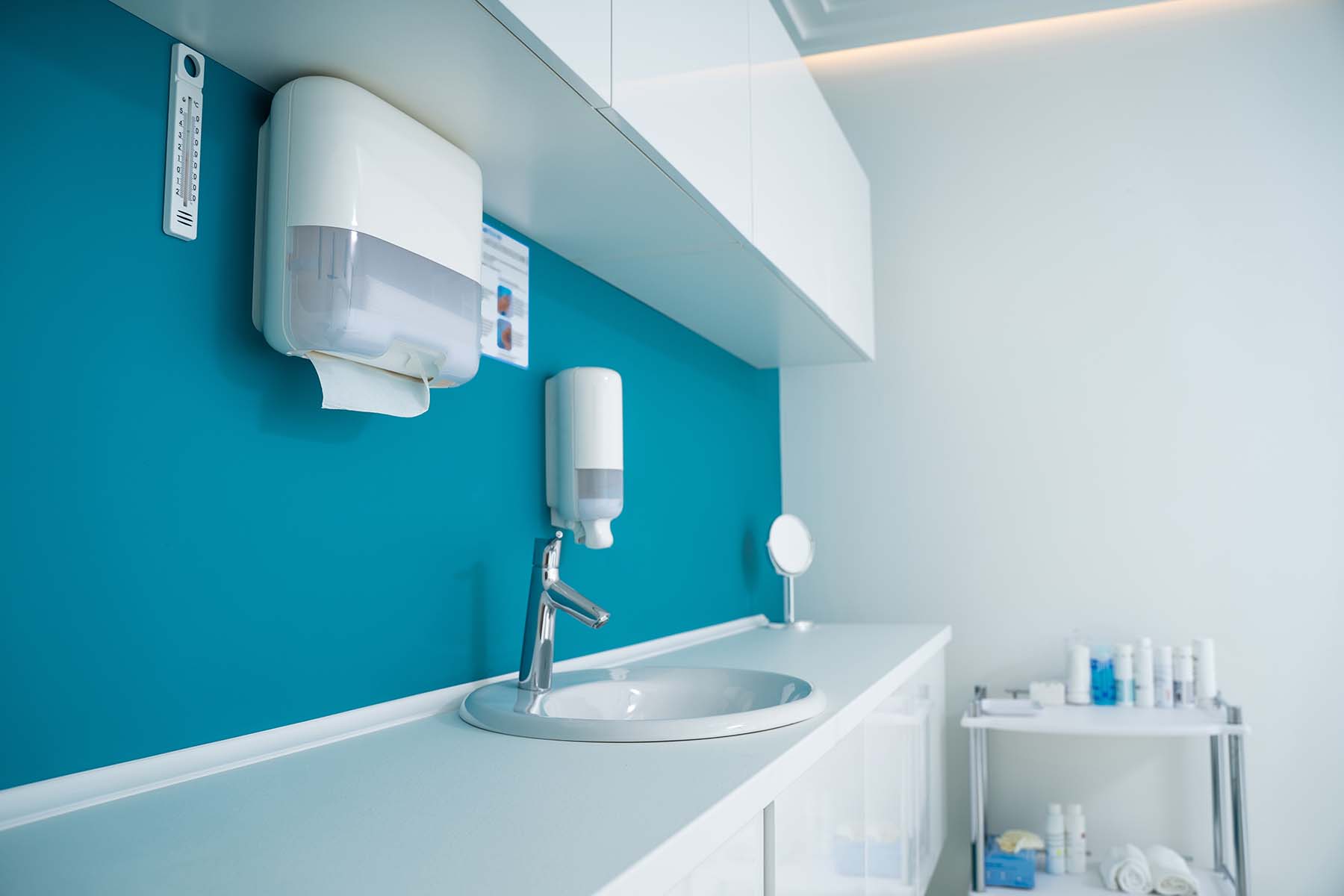
Surface Disinfection Compatibility Part 1: What Is It? – HSI Blog – Source www.healthcaresurfacesinstitute.org
Fun Facts about Disinfectants
Here are some fun facts about disinfectants:
The First Disinfectant: The first known disinfectant was hypochlorous acid, produced by white blood cells to fight infection.
Alcohol’s Antiseptic Properties: The ancient Egyptians used alcohol to clean wounds, recognizing its antiseptic properties.
Disinfectants in Space: Disinfectants are essential for maintaining a sterile environment in spacecraft and space stations.
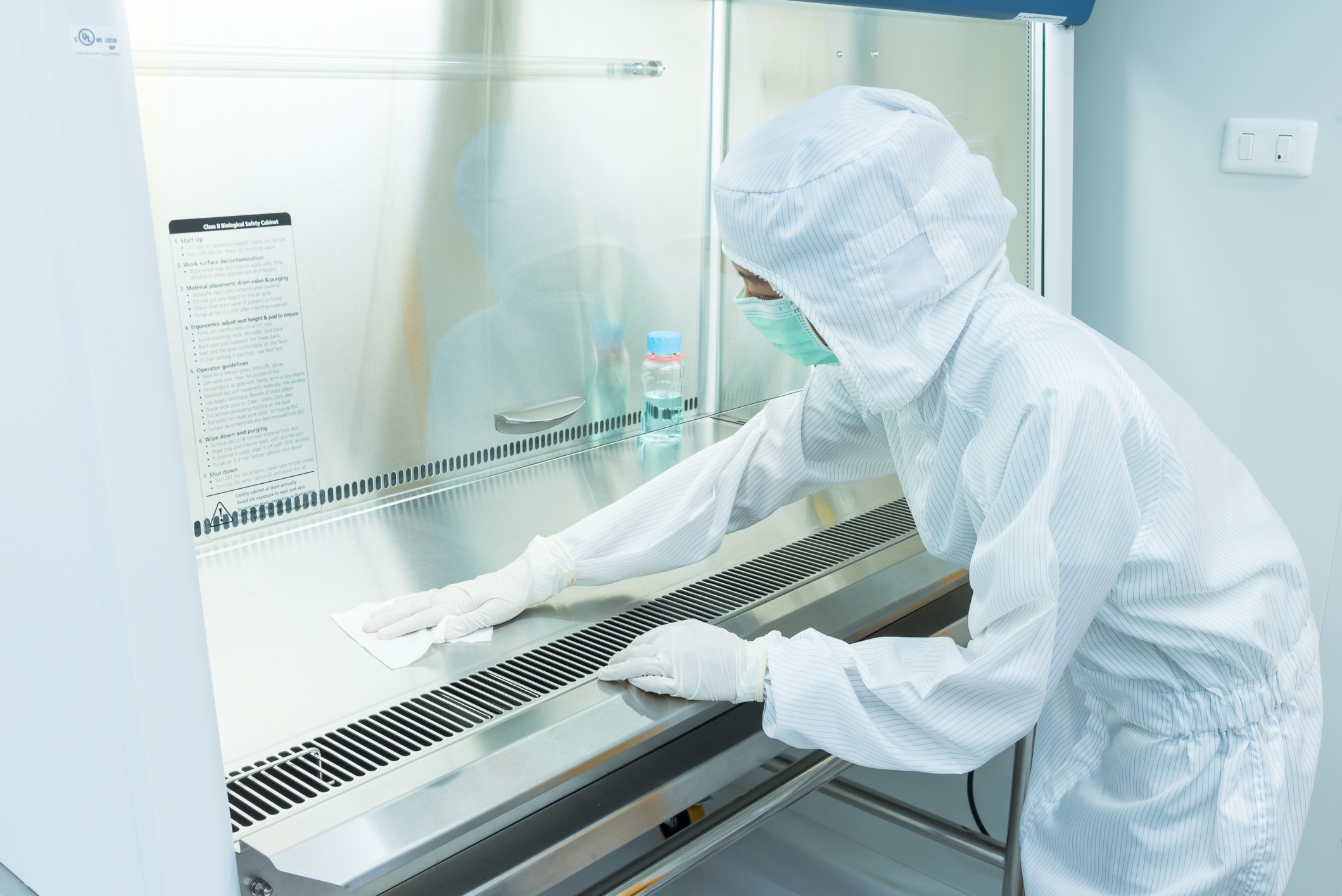
How To Keep A Cleanroom Clean – Berkshire Corporation – Source berkshire.com
Guide to Using Disinfectants Safely
Follow these guidelines to use disinfectants safely and effectively:
Wear Personal Protective Equipment (PPE): Always wear gloves and eye protection when using disinfectants.
Ventilate the Area: Ensure adequate ventilation to prevent exposure to harmful fumes.
Follow Dilution Instructions: Dilute disinfectants according to the manufacturer’s instructions to avoid skin irritation or surface damage.
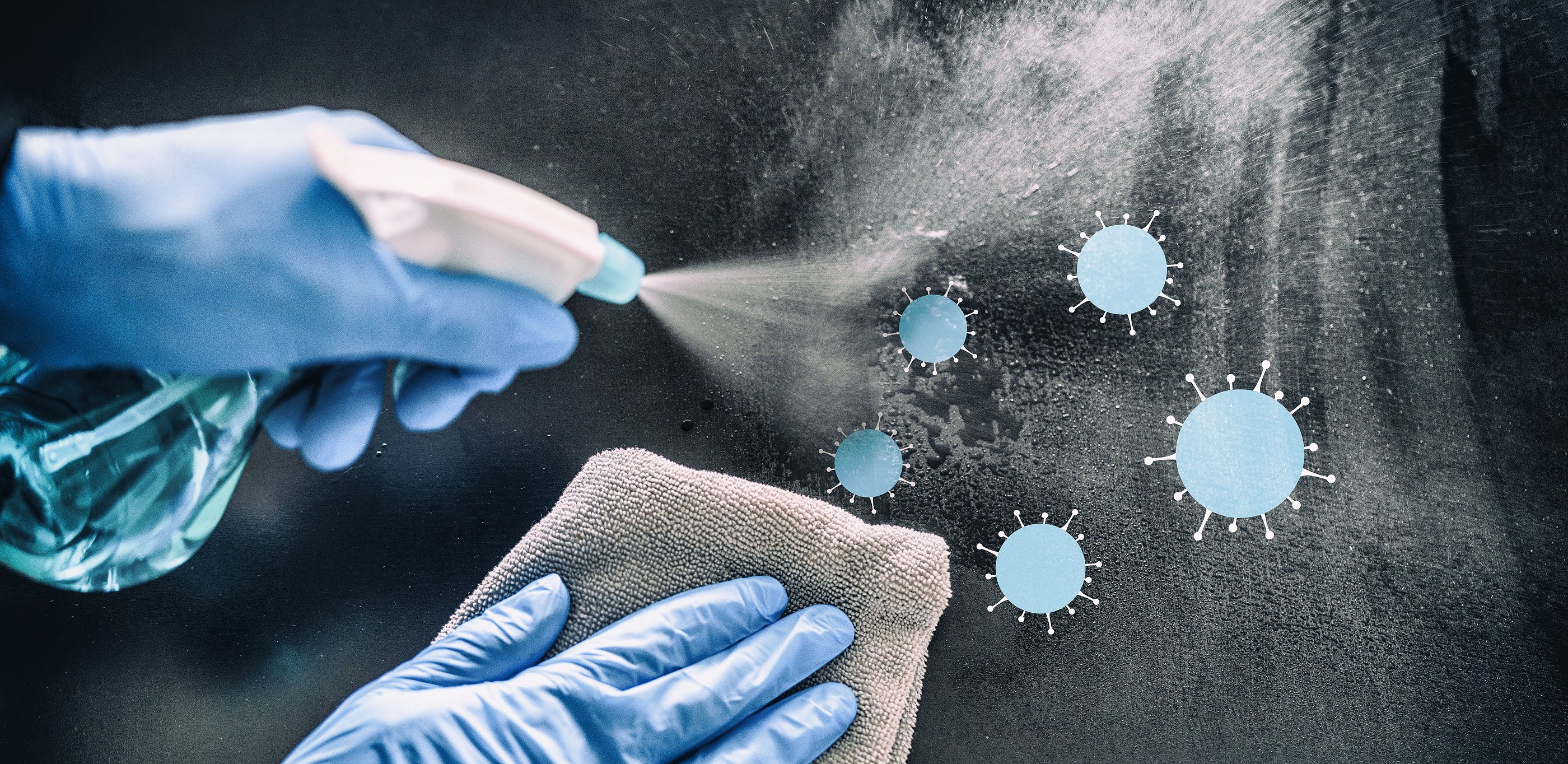
Cleaning & Disinfection Services Must Meet Current Challenges – Source www.stathakis.com
What if My Disinfectant Doesn’t Work?
If your disinfectant is not working effectively, consider the following factors:
Incorrect Dilution: Ensure that the disinfectant is diluted properly according to the manufacturer’s instructions.
Insufficient Contact Time: Allow the disinfectant to remain on the surface for the recommended contact time.
Surface Contamination: Clean any visible dirt or debris from the surface before applying the disinfectant.
Listicle: Essential Factors to Consider
To summarize, here is a listicle of essential factors to consider when choosing the optimal disinfectant for exam room surface disinfection:
1. Spectrum of Activity
2. Contact Time
3. Surface Compatibility
4. Safety Profile
5. Cost and Availability
Questions and Answers
Q: Can I use household disinfectants in my exam room?
A: While some household disinfectants may be effective against certain microorganisms, it’s recommended to use healthcare-grade disinfectants for exam room surfaces to ensure optimal infection control.
Q: How often should I disinfect exam room surfaces?
A: Disinfect exam room surfaces between each patient visit, especially high-touch surfaces such as doorknobs, countertops, and equipment.
Q: Is it safe to mix different disinfectants?
A: Mixing different disinfectants can create harmful fumes or reduce their effectiveness. Always use disinfectants according to the manufacturer’s instructions.
Q: How do I dispose of used disinfectant wipes?
A: Dispose of used disinfectant wipes in a biohazard waste container.
Conclusion of Essential Guide To Choosing The Optimal Disinfectant For Exam Room Surface Disinfection
Choosing the optimal disinfectant for exam room surface disinfection is crucial for ensuring patient safety and preventing the spread of infection. By understanding the essential factors, types of disinfectants, and best practices discussed in this guide, healthcare professionals can make informed decisions and establish effective surface disinfection protocols in their exam rooms. Regular disinfection, proper use of disinfectants, and adherence to infection control guidelines are paramount for maintaining a clean and safe environment for both patients and healthcare workers.
